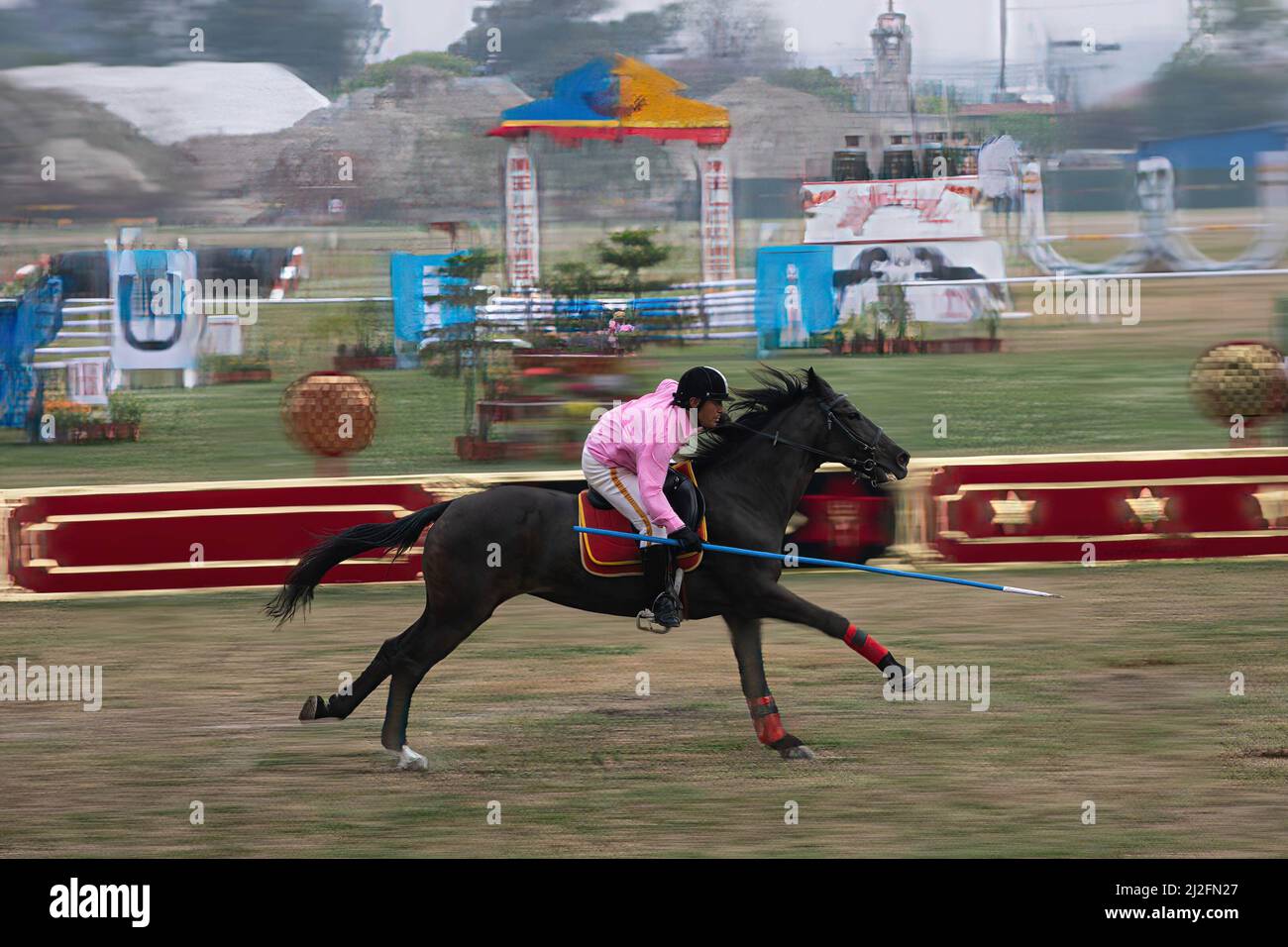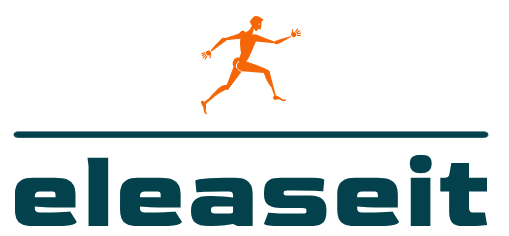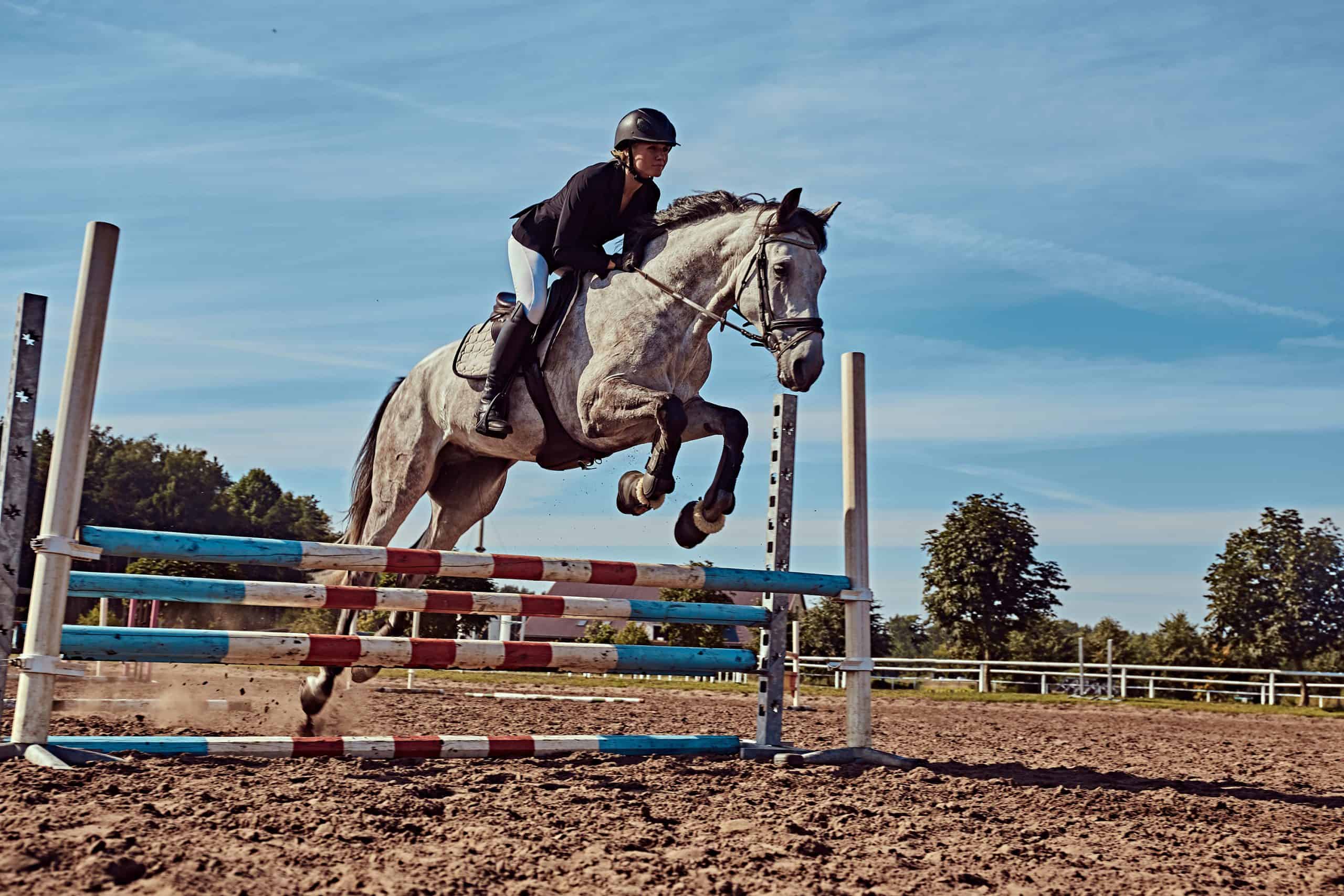
Elevating Equestrian Riding Skills for Mastery
Equestrian riding is an exquisite blend of athleticism, communication, and finesse. To truly excel in the saddle, riders must continuously hone their equestrian riding skills. Let’s explore key aspects of skill development that contribute to mastery in the art of riding.
Foundational Techniques: Building Blocks of Riding Proficiency
At the core of equestrian riding skills are foundational techniques that serve as building blocks for all riders. From proper posture and balance to mastering basic aids, these fundamentals create a solid base upon which advanced skills can be developed. Riders must dedicate time to perfecting these basics to ensure a strong and secure foundation.
Seat and Position: The Rider’s Connection to the Horse
A rider’s seat and position are integral elements of equestrian riding skills. The ability to maintain a balanced and centered seat establishes a clear line of communication between the rider and the horse. Developing a secure and effective position enhances control, aids communication, and contributes to the overall harmony between horse and rider.
Effective Use of Aids: Clear Communication with the Horse
Equestrian riding is a language of subtle cues and signals between rider and horse. Mastery of equestrian riding skills involves the effective use of aids—leg, seat, hand, and voice—to communicate with the horse. Precision in aid application ensures clear instructions, leading to a responsive and well-trained equine partner.
For additional guidance on refining your Equestrian Riding Skills, consider visiting Equestrian Riding Skills. This resource offers valuable tips and insights to elevate your riding proficiency.
Balanced Transitions: Smooth and Seamless Movement
Transitions between gaits and movements are a hallmark of skilled equestrians. Achieving balanced transitions requires riders to harmonize their aids, seat, and balance. Smooth and seamless changes enhance the fluidity of the ride and reflect a rider’s mastery over their equestrian skills.
Controlled Riding at Different Gaits: Variability in Speed
Proficient riders can control their horses at various gaits, from a relaxed walk to a powerful canter. Skillful management of speed and tempo allows riders to adapt to different riding situations, whether navigating tight turns in a jumping course or showcasing a graceful extended trot in dressage.
Navigating Obstacles: Precision in Maneuvering
For riders engaged in disciplines like show jumping or eventing, mastering equestrian riding skills includes precision in maneuvering through obstacles. Negotiating jumps, tight turns, or intricate patterns demands advanced control and accuracy, showcasing a rider’s ability to guide their horse with finesse.
Understanding Collection and Extension: Fine-Tuning Movement
Collection and extension are advanced riding skills often emphasized in dressage. Collection involves shortening the horse’s stride for increased engagement, while extension lengthens it for a more ground-covering movement. Riders who understand and can execute these nuanced techniques showcase a deep understanding of equine biomechanics.
Developing a Soft Hand: Responsive Communication
A soft hand is a critical component of advanced equestrian riding skills. Riders with a soft hand maintain a light, elastic connection with the horse’s mouth, allowing for responsive communication without tension. This delicate balance between contact and release is essential for effective communication and achieving a harmonious partnership.
Building Confidence: The Psychological Aspect of Riding
Equestrian riding skills extend beyond physical mastery to include psychological aspects. Building confidence in both rider and horse is a continuous process. Riders must cultivate mental resilience, positive self-talk, and a trusting bond with their equine partners. Confidence is a cornerstone of successful and enjoyable riding experiences.
Conclusion: The Continuous Journey to Mastery
Elevating equestrian riding skills is a continuous journey that demands dedication, practice, and a passion for improvement. As riders progress from foundational techniques to advanced maneuvers, they embark on a path of continual learning and refinement. Mastery in equestrian riding skills not only enhances the rider’s abilities but also deepens the connection with the horse, creating a fulfilling and enriching experience in the world of equestrianism.

